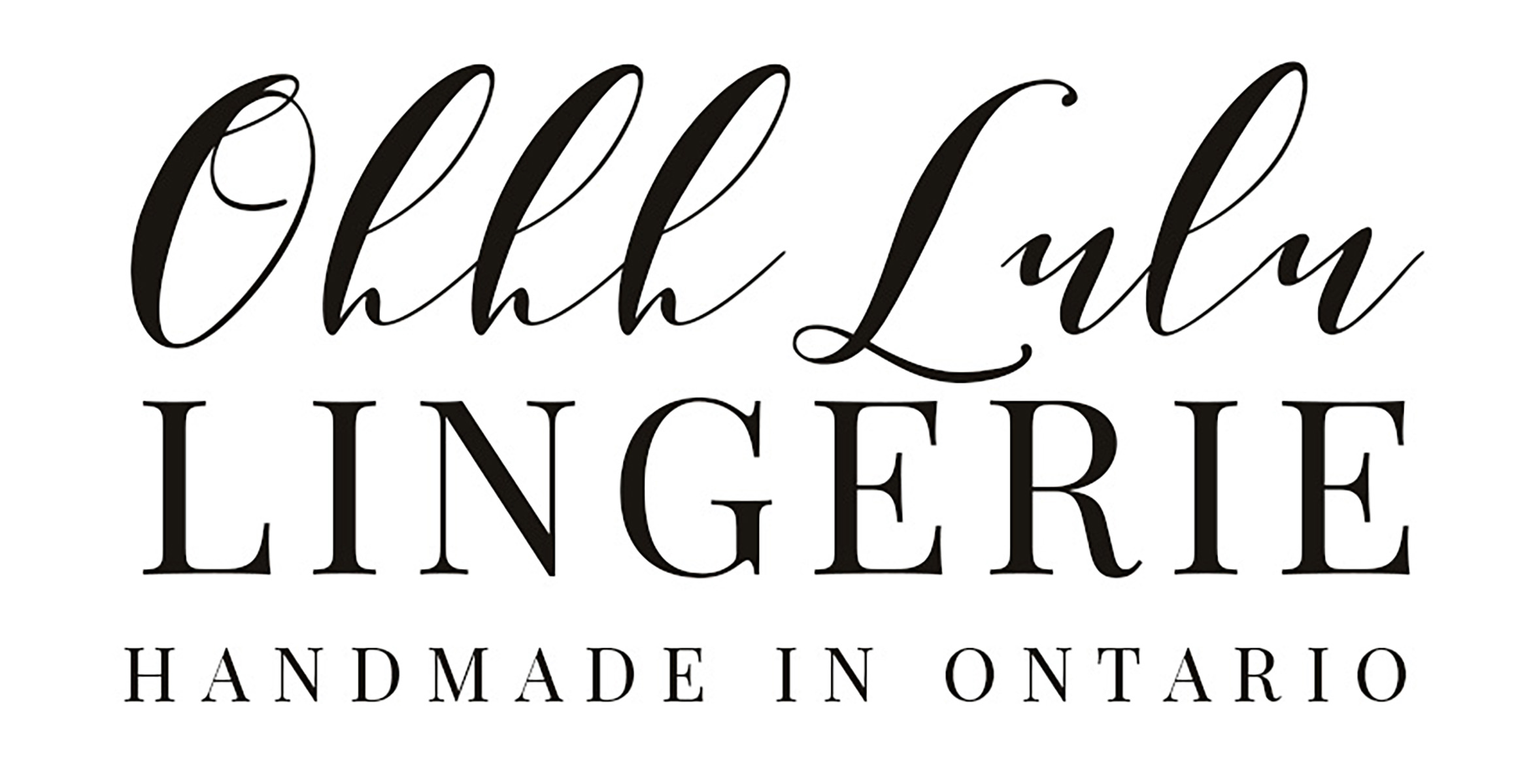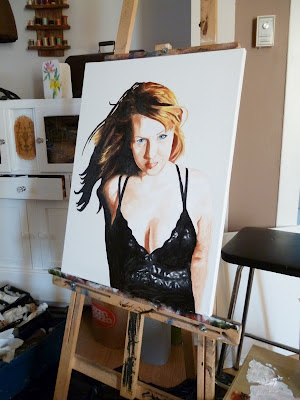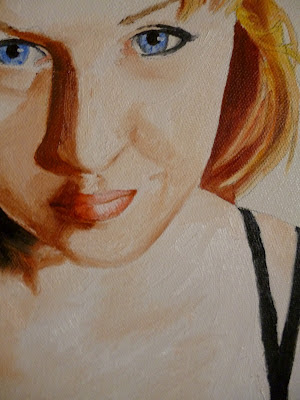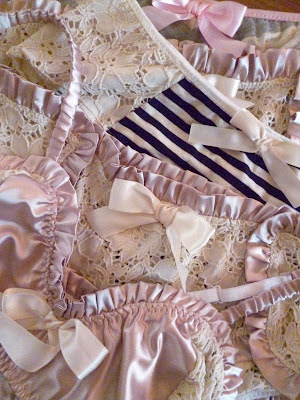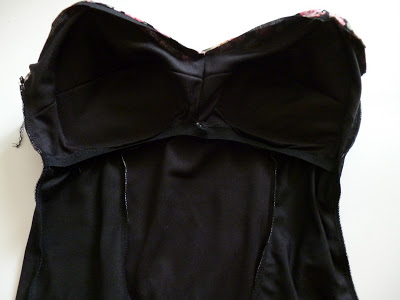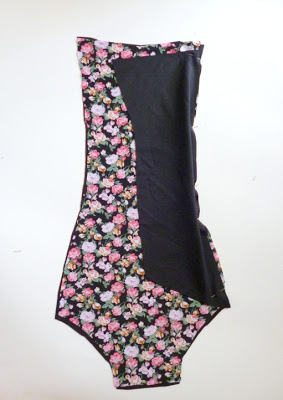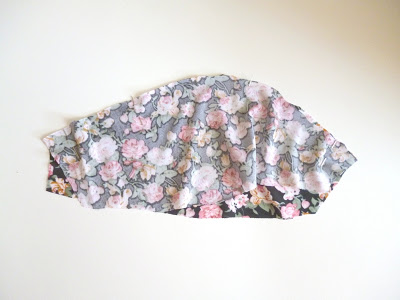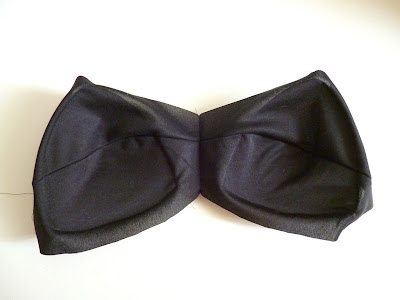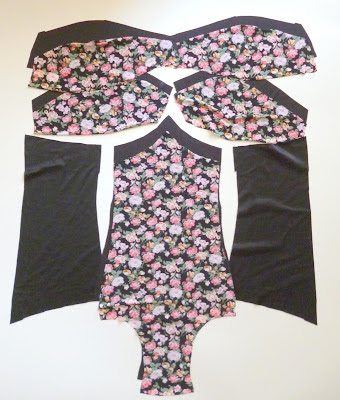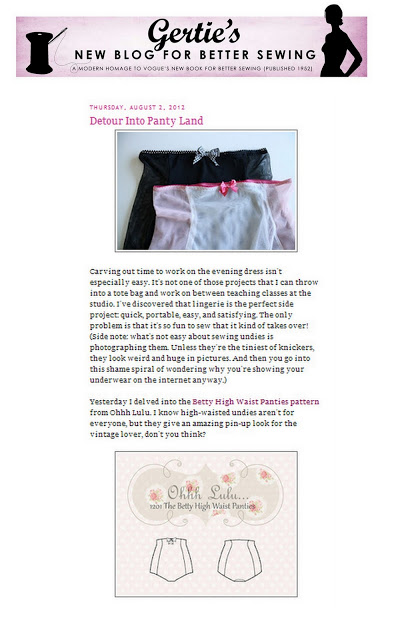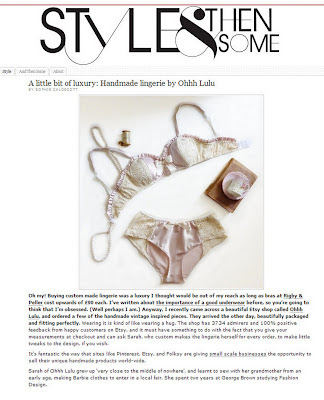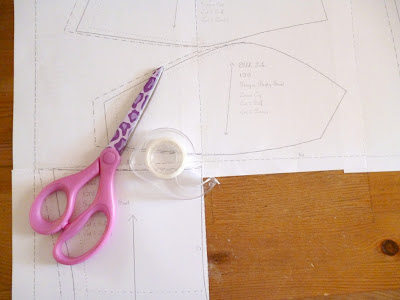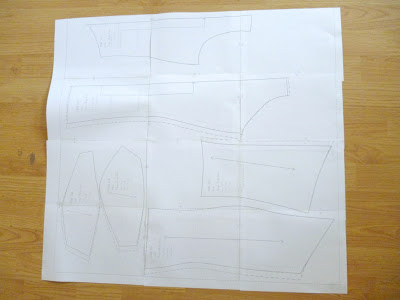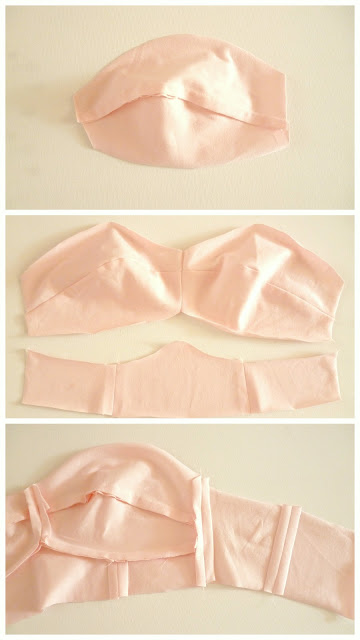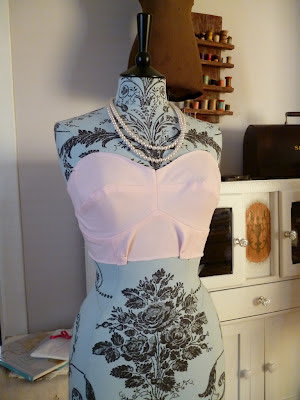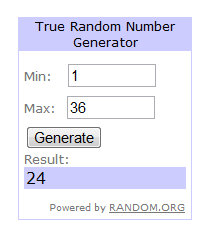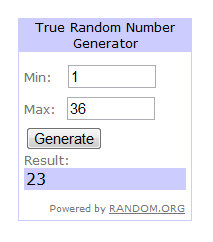Now that the “Fun” stuff – like the Give away – is over, it’s on to the un-fun stuff. Sewing a Muslin! I always hate this step, because I get to anxious to get down to the nitty-gritty and see my envisioned garment come to life. But, with the one-piece version it is especially important. I’ve sewn several bathing suits from commercial patterns, and I’ve always would up adjusting length. I am a petite lady, just 5’2″ – sometimes torsos are too short, sometimes too long…
First, print your PDF Pattern – make sure that you have selected “none” for page scaling. Cut along the dotted lines of the margins and tape your pieces together. Use the Alpha Numeric markings as a guide so your pages don’t get mixed up. For me, this is a large pattern – 12 pages, and some pattern pieces look similar, so it’s easy to get mixed up.
And, if all goes as planned, you should wind up with a pattern that looks like this. You can cut out these pieces and use them as your pattern, or trace them onto tissue paper. I have already added 1/2″ SA to all seams, and 3/8″ SA to the leg and neck openings.
I am going to keep the muslin sewing breif. Your “muslin” will be made out of a fabric similar to your actual garment fabric. I use an inexpensive jersey to sew my test garments – it’s stretchy, like my spandex so I know my finished garment will fit.
There is no need to line your muslin. Just follow the “Self” cut guidelines on the pattern.
Assemble your Cups first – sew side front to center front, attach to cups. Sew side back to center back. Stitch Side Seams. Stitch Crotch seam. The pictures below show the 2 piece version of the pattern, but the general construction will be basically the same.
From there, try it on, pinch and pin anywhere that needs to be pulled in. Slash anywhere that needs to be let out. Transfer your changes to your pattern, or take apart your muslin and use that as your pattern.
Some common fit issues:
1. Bust too big. If the bust cups are too big, decrease the curve of the cup seams. You can also decrease the height of the cups, but rememember you will have to decrease the height of the side back and center back seams as well.
2.
Bust not Big Enough. If the Cups are Not big enough, you can increase the curve of the cup seams.
Gertie has some great tips and links on
Bust-Fit Issues Here.
3. Garment is too short. Slash each piece at the waist and extend.
4. Too Tight around the legs. Add extra to your side seams, and/or crotch seam length.
5. Not Tight Enough! Take in your side Seams, adjust the side back seams.
6. Too Long! Cut your patter at the waist, and overlap, reducing the overall length of your pattern.
